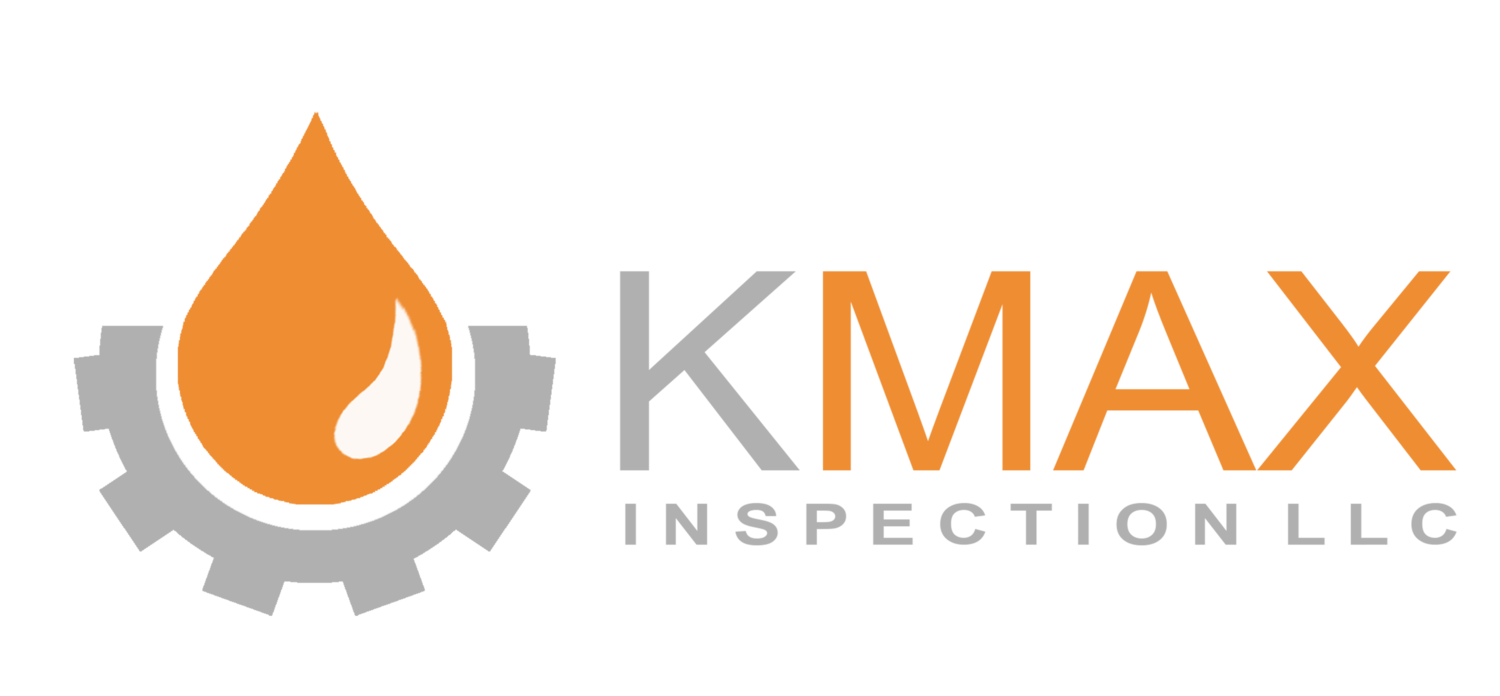Resource Library
SMALL DIAMETER PIPELINE INSPECTION IS FAR FROM EASY. WE ARE COMPILING A KNOWLEDGE LIBRARY TO GIVE YOU EVERY ADVANTAGE POSSIBLE TO MAKE INSPECTING YOUR SMALL DIAMETER PIPELINES EASIER!
TOOL TOLERANCES IN MFL IN-LINE INSPECTION & WHY THEY ARE NEEDED
While the principle of magnetic flux leakage (MFL) is relatively simple, its application in inline inspection (ILI) of carbon steel pipe is far more complex. MFL system design and analysis encompass complex interactions between the magnetic field and flux leakage produced by metal loss defects in the pipe wall, making signal identification & interpretation difficult. Thus, the need for tool tolerances. This paper discusses the cause and effect of wide-ranging factors which influence the reported depths & dimensions of MFL In-line Inspection (ILI) data.
MFL INSPECTION OF SMALL DIAMETER, PREVIOUSLY UNPIGGABLE, PIPELINES--LESSONS LEARNED
Ken Maxfield presents 3 case studies and lessons learned about inspecting some challenging small diameter pipelines.
Presented at the 34th Pipeline Pigging & Integrity Management Conference, © 2022 Clarion Technical Conferences and Great Southern Press.
COMBINATION MFL/DEFORMATION INSPECTIONS OF SMALL-DIAMETER UNPIGGABLE PIPELINES
Small diameter pipelines have been historically very difficult to inspect with In-line Inspection (ILI) tools. Small diameter pipelines are challenging because they leave ILI system designers little space to fit the required system components of an ILI tool. In addition, many small diameter pipelines were designed and built without any consideration for ILI tool passage, including but not limited to, tight radius bend fittings and no launchers or receivers installed on the pipeline. Recent advancements in microprocessor computational power, memory density, sensor technology, engineering design/modelling software, and rare earth magnetic technology have allowed an inspection system to be developed to inspect these small diameter pipelines. This paper will describe the design parameters used to develop this new system. Several case studies will be presented showing real-world application of this new system.

